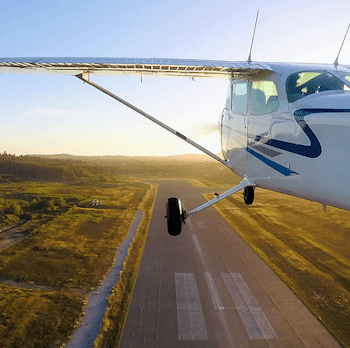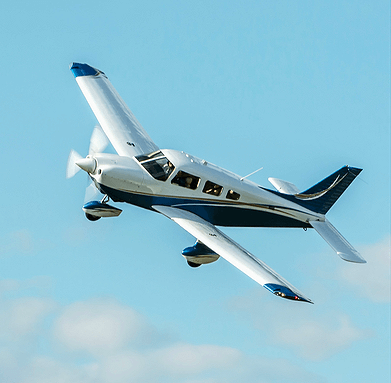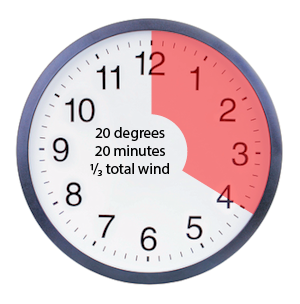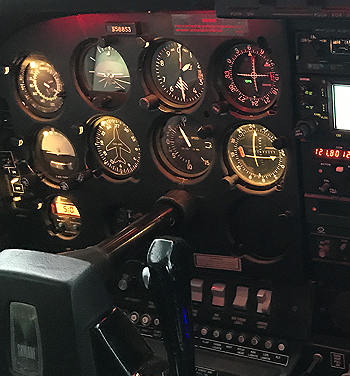Logging Safety Pilot Time
Jeff: “Logging time as a safety pilot is a tried-and-true way of two pilots building pilot-in-command, or PIC time on one flight. To do it legitimately, however, you two must agree beforehand that the safety pilot will be acting PIC for the flight. The relevant FAR is 61.51, and the relevant sections are (e) (i) […]






